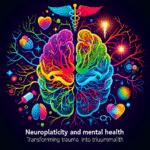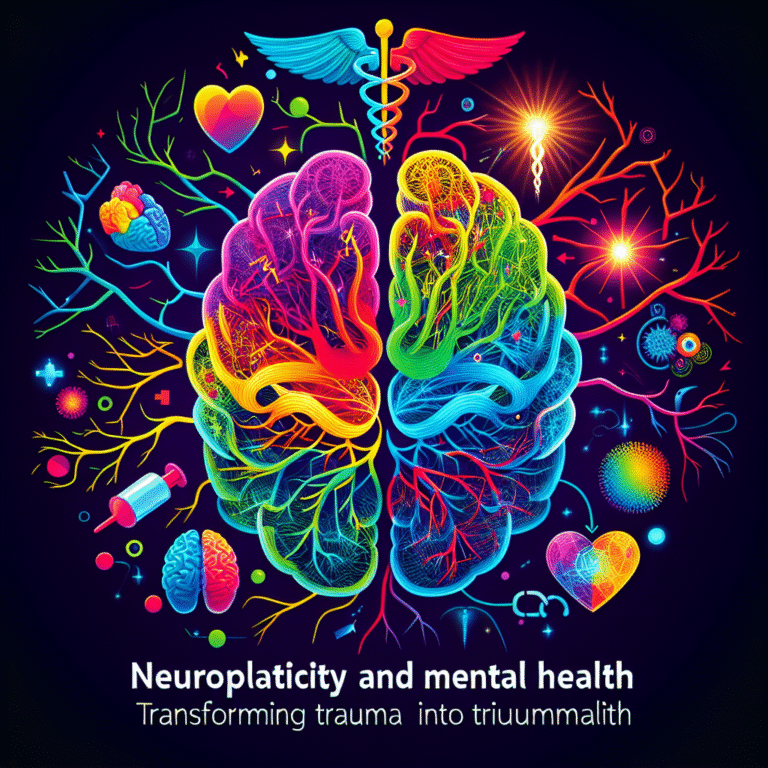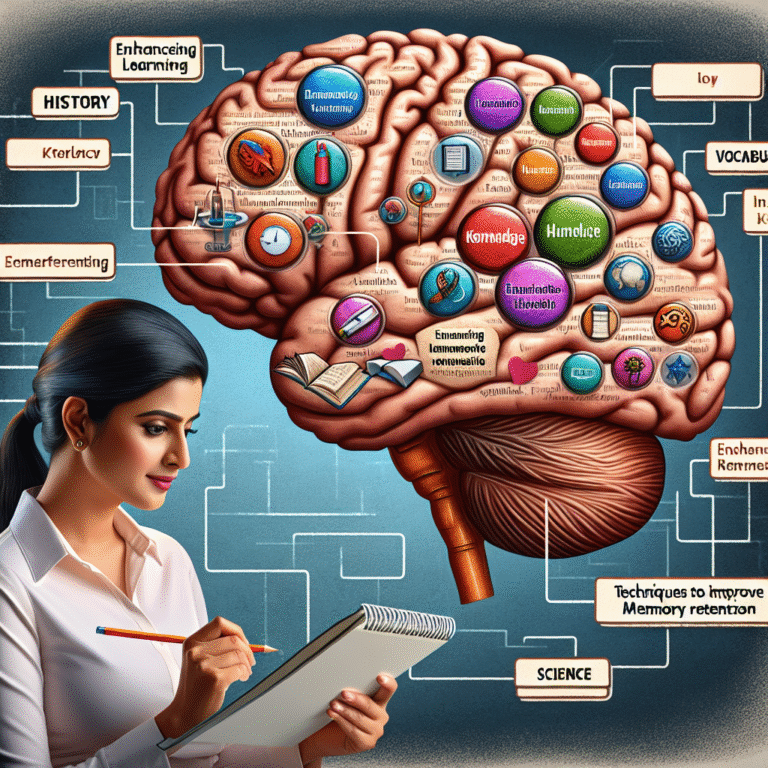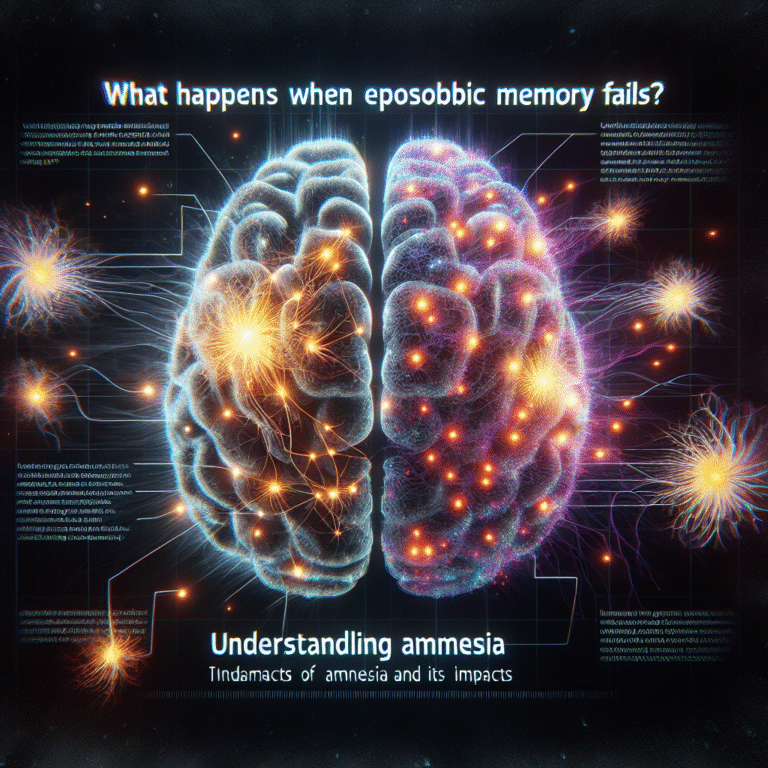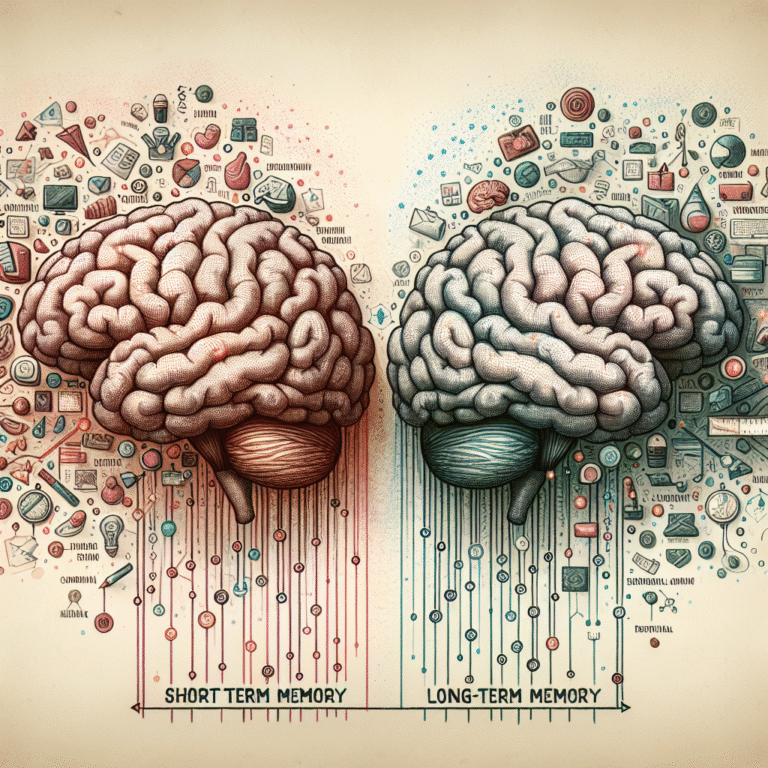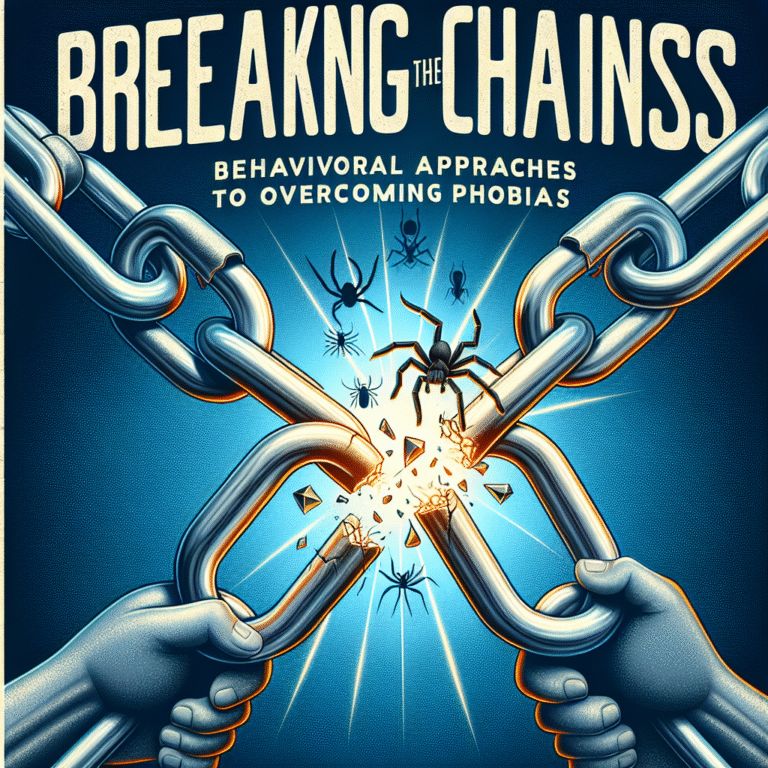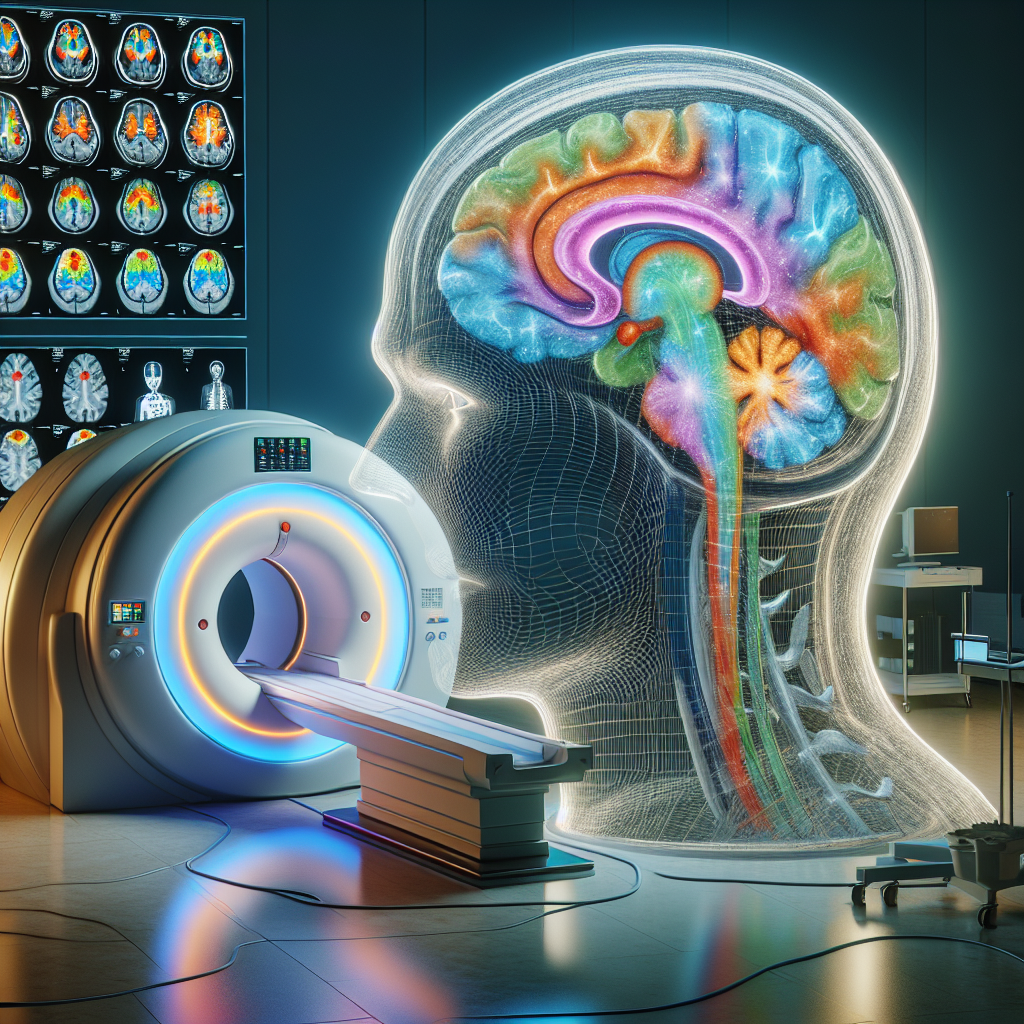
Introduction
Imagine being able to observe the intricacies of the human brain as it processes thoughts, emotions, and memories—all in real time. The allure of understanding our mind’s workings has captivated scientists, psychologists, and philosophers alike for centuries. Enter Functional MRI (fMRI), a revolutionary imaging technique that allows us to peer into the mind’s depths and gain unprecedented insights into how we think and feel. In this article, we will explore the incredible capabilities of fMRI, its real-world applications, and its implications for psychology, medicine, and beyond.
What is Functional MRI?
The Basics of fMRI
Functional MRI is a non-invasive imaging technology that assesses brain activity by measuring changes in blood flow. When a specific brain area becomes more active, it consumes more oxygen and, subsequently, blood flow increases to that region. fMRI detects this increased blood flow (known as the BOLD signal, or Blood-Oxygen-Level Dependent signal) and translates it into images that reveal which parts of the brain are "lit up" during various tasks or experiences.
How fMRI differs from Traditional MRI
While traditional MRI primarily provides anatomical images (structures and soft tissues), fMRI adds another layer by providing functional insights. This makes it an essential tool for both clinical and research settings.
The Mechanism Behind fMRI: How it Works
Understanding the BOLD Signal
The BOLD signal forms the backbone of fMRI technology. This section will delve deeper into how the brain’s increased demand for oxygen leads to detectable changes in blood flow and how these changes are captured to create visual maps of brain activity.
Technical Aspects
Understanding fMRI must also involve recognizing the technology behind it. This includes:
- Magnetic Fields: How high-powered magnets generate a field that can distinguish between oxygenated and deoxygenated blood.
- Radio Waves: How radiofrequency pulses stimulate the protons in the brain, allowing for the imaging of dynamic functions.
Case Studies: Real-World Applications
Case Study 1: Mapping Cognitive Functions
Researchers conducted a study where participants performed a working memory task while undergoing fMRI scans. The results demonstrated specific activation in the prefrontal cortex as participants remembered sequences of letters. This not only confirmed previous findings but also offered insights into how memory tasks engage various regions of the brain.
Relevance: This case underlines the utility of fMRI in cognitive neuroscience, helping us understand how we retain and manipulate information.
Case Study 2: Understanding Mental Illness
In a groundbreaking study involving patients with depression, researchers used fMRI to observe the brain’s response to emotional stimuli. The scans revealed abnormal activity patterns in the amygdala and prefrontal cortex, providing a clearer picture of the neurological basis of mood disorders.
Analysis: This case highlights fMRI’s potential for identifying neural markers of mental health conditions, paving the way for targeted therapies.
Case Study 3: Real-time Monitoring during Surgery
Surgeons have begun using fMRI in the operating room to monitor brain activity as they navigate delicate procedures. By observing real-time BOLD signals, they can avoid damaging critical areas of the brain.
Relevance: This advances surgical techniques, enhancing patient safety and outcomes through a more informed decision-making process.
Benefits of Functional MRI: Beyond Research
Clinical Uses and Therapeutic Applications
Functional MRI is increasingly being incorporated into clinical settings for:
- Pre-surgical Planning: Assessing brain function in areas related to critical functions such as speech and motor skills.
- Treatment Evaluation: Monitoring changes in brain activity to assess the effectiveness of therapies for mental health conditions.
Advancements in Understanding Neurological Disorders
From Alzheimer’s to multiple sclerosis, fMRI has the potential to shed light on various neurological disorders, aiding in early diagnosis and better-targeted interventions.
Challenges and Limitations
Technical Challenges
Despite its many advantages, fMRI is not without challenges:
- Motion Artifacts: Even slight movements can distort results, making patient cooperation essential.
- Signal Noise: Differentiating real signals from background noise requires sophisticated algorithms and expertise.
Interpretative Challenges
Understanding fMRI data is complex, often needing interdisciplinary collaboration between neuroscientists, psychologists, and clinicians.
Future Perspectives: The Horizon of fMRI Research
Innovations on the Horizon
As technology evolves, so does fMRI. Emerging fields like machine learning and artificial intelligence are being integrated to enhance the accuracy and efficiency of fMRI analysis, allowing for better predictions and insights.
Ethical Considerations
The ability to observe thoughts and emotions using fMRI raises ethical questions regarding consent, privacy, and the potential for misuse of data. Addressing these concerns will be crucial as the technology advances.
Conclusion: Peering into Our Collective Psyche
In conclusion, Functional MRI: Peering into the Mind’s Workings in Real Time has transformed our understanding of the human brain. From mapping cognitive processes to evaluating mental health treatments, fMRI provides unparalleled insights that can lead to enhanced therapies and improved patient care. Through ongoing research and technological advancements, we move closer to unlocking the deeper mysteries of the mind—ultimately fostering a more in-depth understanding of what it means to be human.
Call to Action
For those interested in neuroscience, psychology, or healthcare, keeping an eye on the advancements in fMRI will undoubtedly provide fascinating insights into not just the workings of individual minds but also the collective human experience.
FAQs
1. What is the main difference between fMRI and traditional MRI?
Functional MRI measures brain activity by detecting changes in blood flow, while traditional MRI focuses on creating detailed pictures of the brain’s structures.
2. How long does an fMRI scan take?
An fMRI scan usually lasts between 30 minutes to an hour, depending on the complexity of the tasks performed during the scan.
3. Are there any risks associated with fMRI?
fMRI is non-invasive and considered safe. However, individuals with implanted medical devices, metal fragments, or claustrophobia may face risks and should consult healthcare professionals beforehand.
4. Can fMRI diagnose psychiatric disorders?
While fMRI can reveal abnormal brain activities associated with psychiatric disorders, it is not typically used for direct diagnosis. It serves as a research tool to inform better treatment strategies.
5. How does fMRI help in surgical planning?
fMRI provides functional maps of the brain, helping surgeons identify critical areas related to language and motor skills before surgeries, thereby reducing the risk of complications.
By exploring Functional MRI: Peering into the Mind’s Workings in Real Time, not only do we broaden our understanding of neuroscience, but we also open doors to revolutionary treatment options and enhanced mental health care for future generations.
